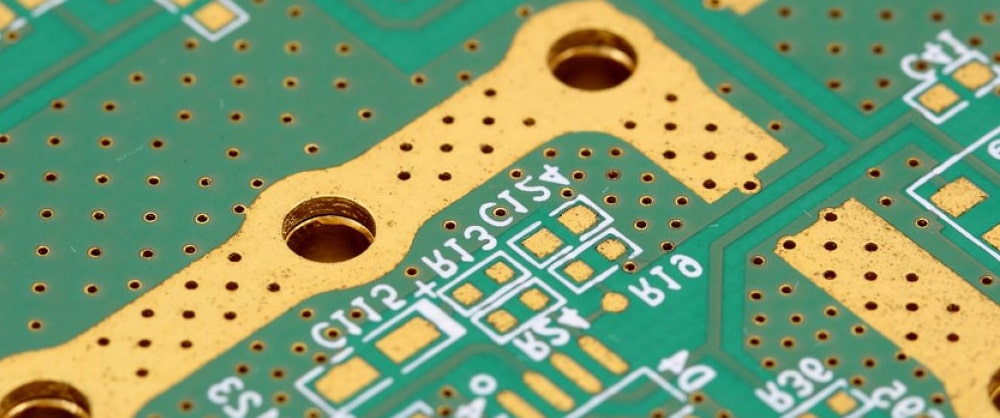Standard PCB vs Thick Copper PCB
20 January 2025
Views: 571
Among the many types of PCBs, standard PCB and thick copper PCB are two different categories. What is the difference between them?

What is standard PCB?
Standard PCB is the most commonly used type of PCB. The copper thickness in standard PCB is measured in ounces per square foot, ranging from 0.5 ounces to 1 ounce. It is suitable for low-medium current applications, low-power devices and circuits, and is simpler and cheaper to manufacture. However, it has limited ability to handle high current or dissipate a lot of heat.
What is thick copper PCB?
Thick copper PCB is designed for applications that require higher power handling. The copper layer in thick copper PCB is much thicker, ranging from 2 ounces to 10 ounces. Better current carrying capacity is achieved, often used in industrial equipment and automobiles, thick copper PCB can handle high current without overheating. The production cost is higher due to the need for additional copper and manufacturing processes.
We present the standard PCB VS thick copper PCB visually in table form
| Feature |
Standard PCB |
Thick Copper PCB |
| Copper Thickness |
0.5 oz to 1 oz |
2 oz to 10 oz (or more) |
| Current Handling |
Limited to low-current applications |
Suitable for high-current applications |
| Thermal Management |
Limited |
Excellent |
| Durability |
Moderate |
High |
| Applications |
Consumer electronics, small devices |
Power electronics, industrial systems |
| Cost |
Low |
High |
Conclusion
Finding the fit point between cost and demand between standard PCB and thick copper PCB can ensure project success while controlling cost.
Share This Story, Choose Your Platform!















